Introduction to Quarter Horse Weight
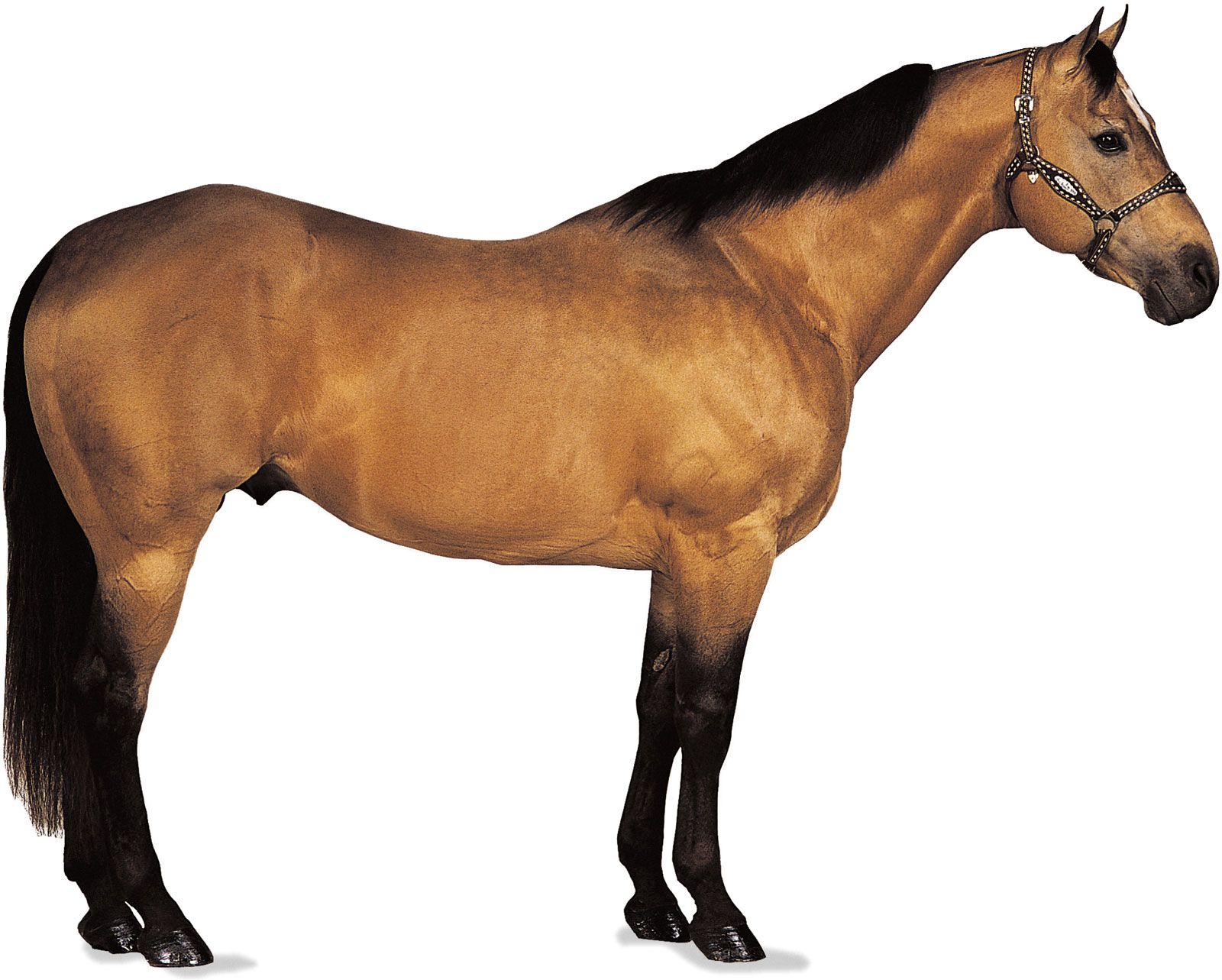
The American Quarter Horse, renowned for its agility and speed, particularly in quarter-mile races, is a breed that symbolizes the spirit of the American West. These horses are not only coveted for their athletic abilities but also for their strong build and adaptability in various equestrian disciplines. When it comes to equine health and management, understanding the weight of a Quarter Horse is essential.
The average weight of a Quarter Horse is a frequent inquiry among equestrian enthusiasts. To address this:
- A mature Quarter Horse typically stands between 14 to 16 hands high.
- Their weight can range from 950 to 1,200 pounds (431 to 544 kg).
- Several factors can influence these numbers, including diet, activity level, and overall health.
Understanding Quarter Horse Size
Quarter Horse size is often measured in hands, with one hand equating to four inches. The height of these robust animals spans from about 14.3 to 16 hands, which translates to 57 to 64 inches, or 145 to 163 cm. This stature contributes to their muscular appearance and influences their weight.
Defining the Quarter Horse Breed Weight
When we discuss the quarter horse breed weight, we’re looking at a range that reflects the breed’s versatility and muscular build. The breed’s weight is an important factor in its health and performance, and understanding it is crucial for owners and trainers.
Exploring the Spectrum of Quarter Horse Weight
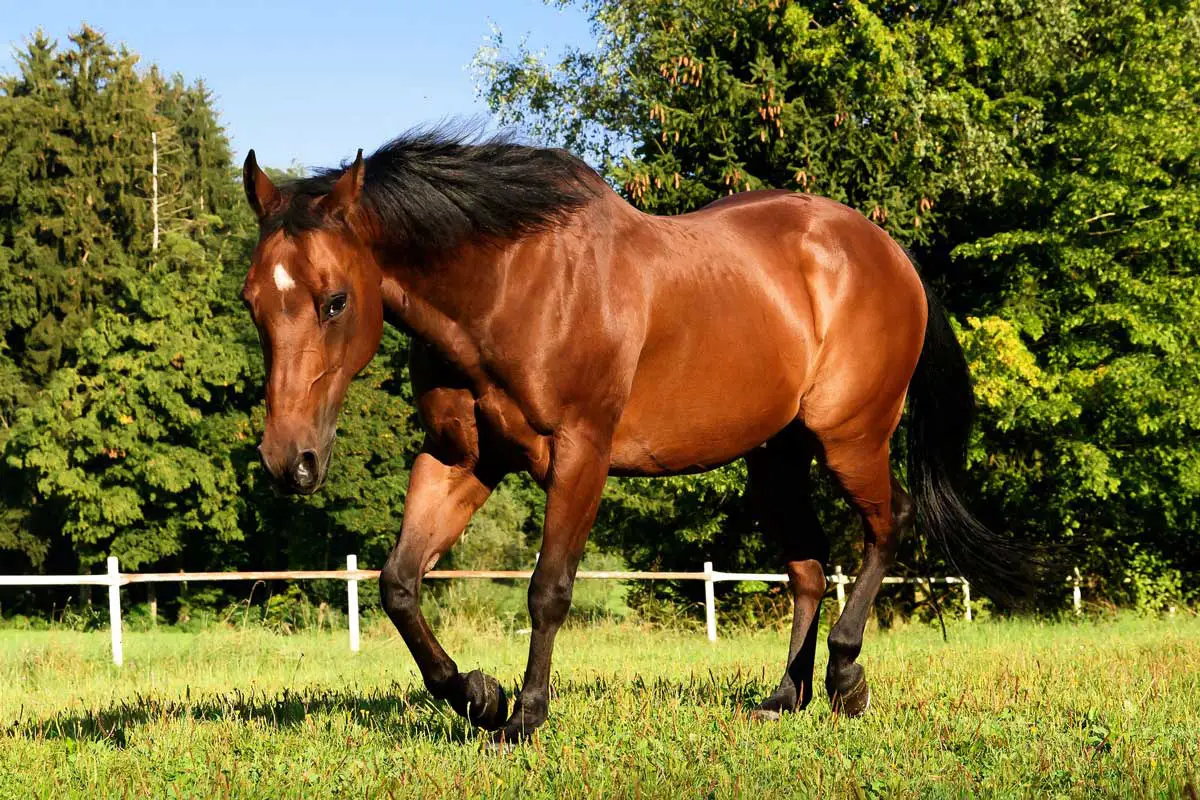
The weight spectrum of Quarter Horses reflects the breed’s diversity and significance in both its physical health and functionality. For caretakers and professionals, grasping the nuances of a Quarter Horse’s weight is vital for their well-being and performance in various roles.
Benefits of a Quarter Horse Weight Chart
Implementing a weight chart calibrated for Quarter Horses aids caretakers in tracking whether their horses fall within an ideal weight range. These charts are developed by experts and incorporate several factors to ensure a reliable guide.
- Such charts consider not only height but also the overall body condition of the horse.
- Age and gender are additional variables that may enhance the precision of weight estimations.
- These tools align with breed standards to ensure consistency in weight monitoring.
Optimal Weight for Adult Quarter Horses
Adult Quarter Horses, generally recognized as those aged between 3 to 4 years, should exhibit a healthy weight indicative of their maturity. While the range might vary, a weight bracket of 1,000 to 1,200 pounds (450 to 545 kg) is considered normal, depending on individual circumstances.
Growth and Development Reflected in Weight
The concept of ‘mature quarter horse weight’ goes beyond chronological age, capturing the peak physical development of the horse, which typically occurs by 5 to 7 years of age:
- Increased musculature can push a mature horse’s weight towards the higher end of the scale.
- At this stage, horses are usually at their prime for work and equestrian competition.
- Tracking weight fluctuations is crucial for sustaining health during this peak phase.
Differential Weight Management for Growth Stages
Understanding weight differences between adult and mature Quarter Horses is essential for customized care plans. Mature horses usually have more developed muscles, affecting their weight. Distinctions include:
- Enhanced musculature due to extensive training is factored into a mature horse’s weight.
- Adult horses may still be growing into their frames, with muscle development ongoing.
- Different growth stages necessitate varied weight management approaches.
Quarter Horse Weight in Relation to Equestrian Activities
A Quarter Horse’s weight is a determinant for their suitability in specific equestrian disciplines. Body weight and muscle distribution can greatly influence their performance:
- Leaner horses are often preferred for disciplines requiring quick, agile movements.
- The combination of conformation and weight is pivotal in determining a horse’s equestrian niche.
Breeding Considerations Based on Weight
Breeding strategies frequently factor in the weights of prospective parents to influence the desired traits in offspring. Such practices aim to produce horses that meet specified standards in performance and physique.
Monitoring Weight Throughout Development
As Quarter Horses grow, it’s important to ensure their weight gain corresponds with developmental stages. Careful tracking helps in maintaining healthy progression:
| Age | Expected Weight Range |
|---|---|
| 6-12 months | Approximately half of mature weight |
| 12-24 months | Two-thirds to three-quarters of mature weight |
| 24-36 months | Nearing full mature weight |
| Adult | Typical adult weight |
Comprehending the factors that influence the weight of a Quarter Horse, alongside the differences between adult and mature weights, is crucial for effective equine care. With the application of a comprehensive quarter horse weight chart and an appreciation for the growth phases, owners and trainers can ensure these horses thrive in their respective roles.
Delving Deeper into the Dynamics of Quarter Horse Weight
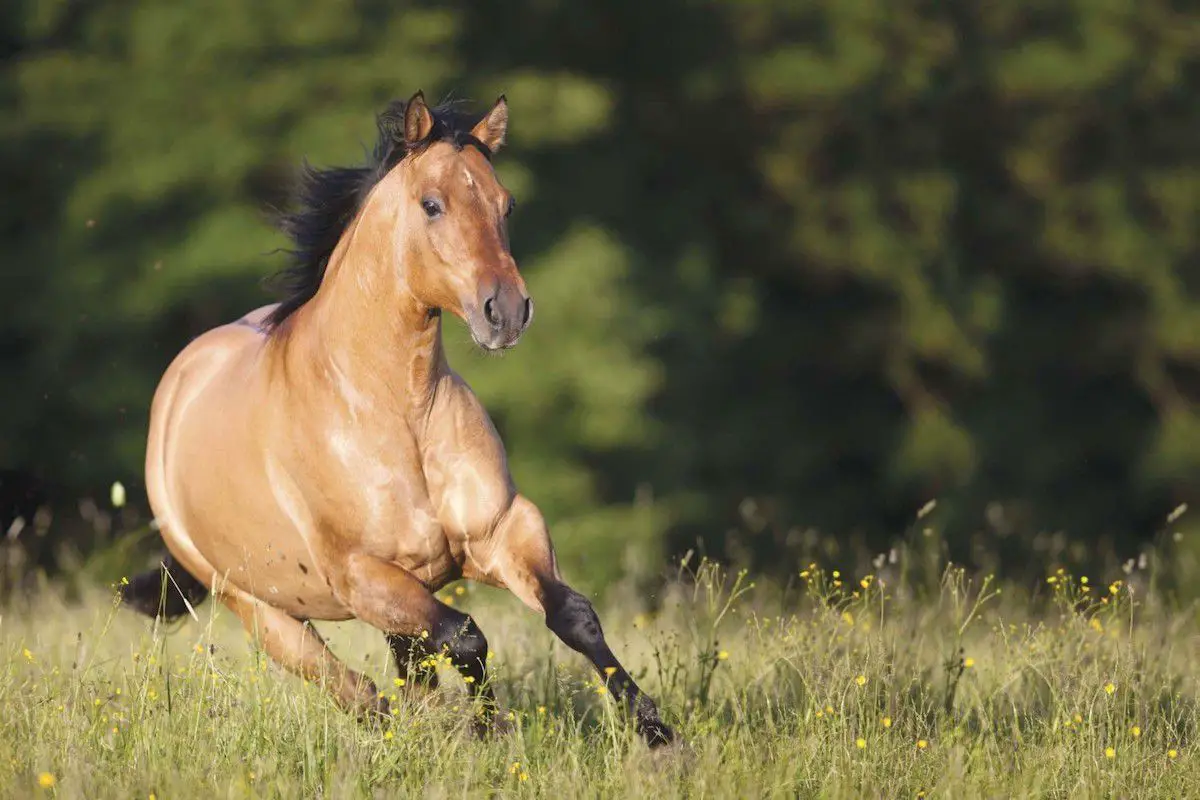
Delving into the complexities of Quarter Horse weight, we recognize that their physical condition is shaped by more than just exercise and health. Hereditary traits, living conditions, and even psychological well-being play critical roles in shaping their body mass and overall fitness. By acknowledging the breadth of these influences, owners can effectively steer their Quarter Horses towards peak health and performance, whether in competitive arenas or as recreational companions.
Heredity and Its Role in Shaping Weight
The genetic makeup of a Quarter Horse lays the groundwork for its weight and body structure. Different lineages may be predisposed to varying levels of musculature or a naturally slender build, directly affecting their typical weight and how they might react to nutritional plans and physical conditioning.
External Influences on Weight Dynamics
External elements such as climate and living conditions are pivotal in a Quarter Horse’s weight management. Temperature extremes can shift metabolic demands, influencing dietary needs. The quality of a horse’s surroundings, including the grazing environment, also plays a part in shaping its dietary habits and, consequently, its weight.
- Feeding strategies may require modification in response to the changing seasons.
- The quality of stable life, encompassing factors like space and relaxation, can impact stress levels, which in turn may affect weight.
The Interplay of Stress and Equine Weight
Stress might be an invisible factor, but it can significantly impact a Quarter Horse’s weight. Chronic stress from various sources, including travel or isolation, may lead to weight fluctuations. Effective stress management is therefore vital for a horse’s weight stability and overall health.
Adapting to the Weight Needs of Aging Horses
As Quarter Horses grow older, their metabolic processes and digestive capabilities evolve, which can affect their weight. Especially for older horses, specialized nutrition plans are essential to uphold an optimal body condition as their digestive system becomes less efficient.
Understanding Medication and Supplement Interactions
The impact of medications and nutritional supplements on a Quarter Horse’s weight can be significant. Certain medications might affect metabolic rates or appetite, while targeted supplements can support muscle development or joint health, influencing weight when paired with suitable training.
Reproductive Considerations and Their Impact
A Quarter Horse’s reproductive status can alter its nutritional demands and, as a result, its weight. The nutritional requirements surge for pregnant and nursing mares, while active breeding stallions might also display weight variations due to their increased exertion and stress.
Importance of Parasite Control in Weight Maintenance
Parasitic infections are a potential threat to a Quarter Horse’s weight and well-being. A proactive approach involving regular deworming and fecal examinations is crucial to detect and rectify any parasitic issues that could hinder a horse’s ability to maintain a healthy weight.
In summary, by integrating a comprehensive perspective on the multitude of elements influencing Quarter Horse weight, caretakers can devise personalized management plans. These plans should be adaptable to the evolving needs of the horse across different life phases and circumstances. Through vigilant observation and proactive care, each Quarter Horse can sustain an ideal weight that supports a full and active life.
Techniques for Determining Quarter Horse Mass
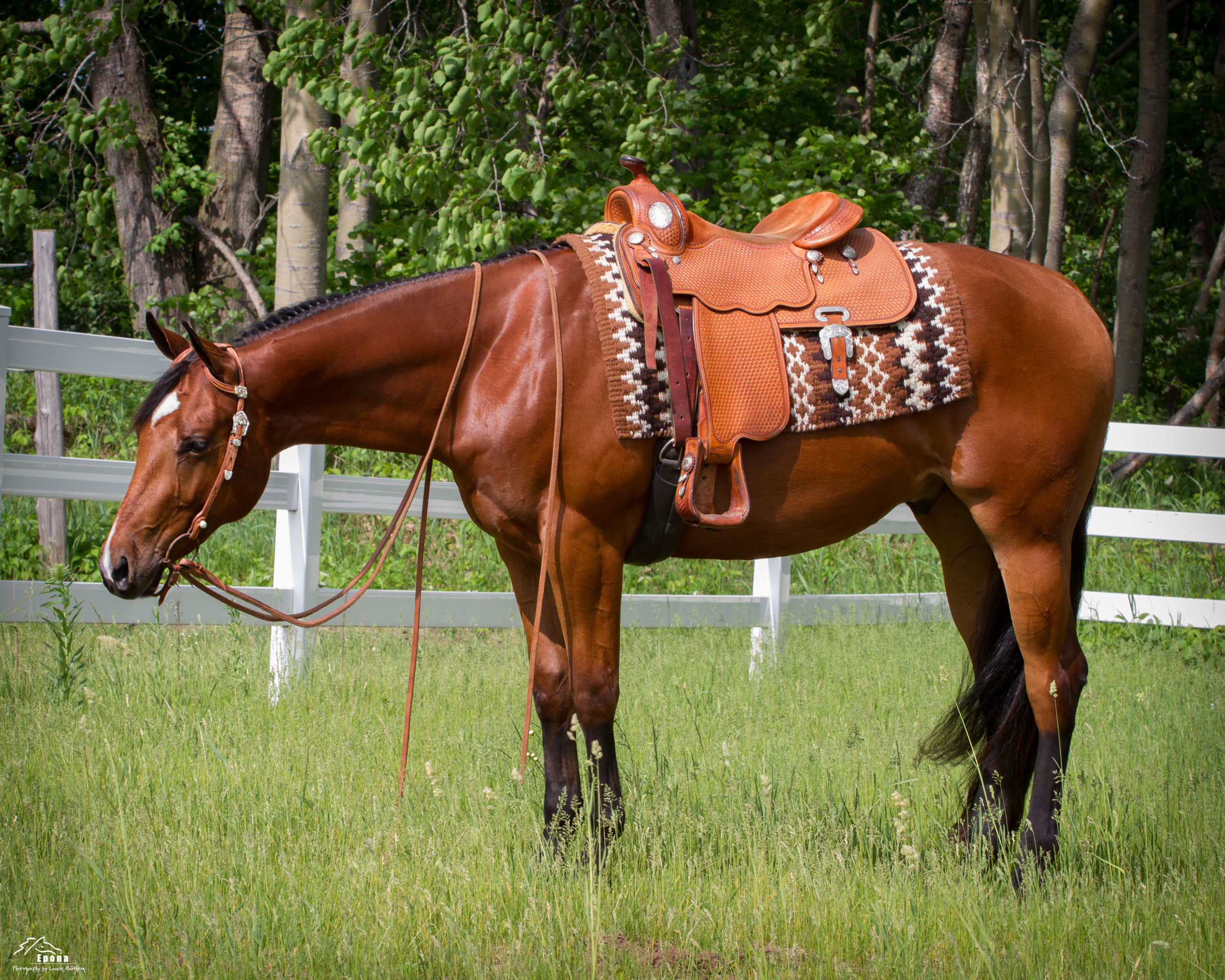
Accurately gauging the mass of a Quarter Horse plays a vital role in their overall care and management. Precise measurements are indispensable for creating nutritional plans, medication dosing, and monitoring health status. In this context, we will delve into a variety of methods to measure a Quarter Horse’s mass effectively, thereby equipping owners with the necessary tools to keep a close eye on their horse’s physical condition.
Initial Body Condition Evaluations
An initial assessment of body condition can provide a basic understanding of a horse’s physical status. By examining the horse, one can infer the presence of fat deposits and the tone of muscles, which have implications on the horse’s mass. Important areas to examine include:
- The prominence of the ribcage, indicating possible underweight or overweight conditions.
- The definition of the withers, which should be noticeable without being overly pronounced.
- Muscle development around the neck and shoulders, reflecting either a well-maintained or concerning state.
- The horse’s general body proportions, aiming for a balanced appearance.
Despite the utility of visual assessments, their subjective nature necessitates support from more quantifiable approaches.
Heart Girth Measurement with Weight Tapes
Heart girth measurement through weight tapes provides a straightforward and practical mass estimation. For a correct application:
- Wrap the tape around the horse’s girth area, conforming to its body shape.
- Position the horse evenly on flat terrain to ensure accurate readings.
- Interpret the weight from the tape, which commonly includes weight indicators.
While this method may not be the most precise, its ease of use makes it suitable for frequent checks.
Precise Measurement Formulas
For enhanced accuracy, specialized formulas are available to calculate a horse’s mass with greater exactitude. Two methods that stand out involve:
- A mathematical equation, which requires various body dimensions to ascertain mass.
- A well-established calculation method that incorporates specific body measurements for dependable results.
These techniques, often involving heart girth and body length, can help in developing comprehensive profiles that are invaluable for health and nutrition specialists.
Innovations in Mass Estimation
With technological progress, new methods have emerged to determine Quarter Horse mass with higher accuracy. Noteworthy advancements include:
- Electronic Weighing Scales: The gold standard for mass measurement, although their use may be restricted due to practicality concerns.
- 3D Imaging: Cutting-edge technologies that assess body volume and leverage algorithms to estimate mass.
These advanced options offer exceptional exactness but come with higher costs and limited availability.
Consistent Monitoring of Equine Mass
Continual monitoring is crucial for the health management of Quarter Horses. Fluctuations in mass can signal potential health problems, hence the importance of early detection and treatment. For effective weight tracking:
- Adopt a regular schedule for mass assessments.
- Maintain detailed records, possibly in digital format, to observe trends over periods.
- Utilize a combination of methods to gain a well-rounded view of the horse’s condition.
Incorporating these practices into the care routine can help in maintaining the horse at an ideal mass, ensuring their well-being and capacity to perform.
Strategies for Maintaining Equine Fitness
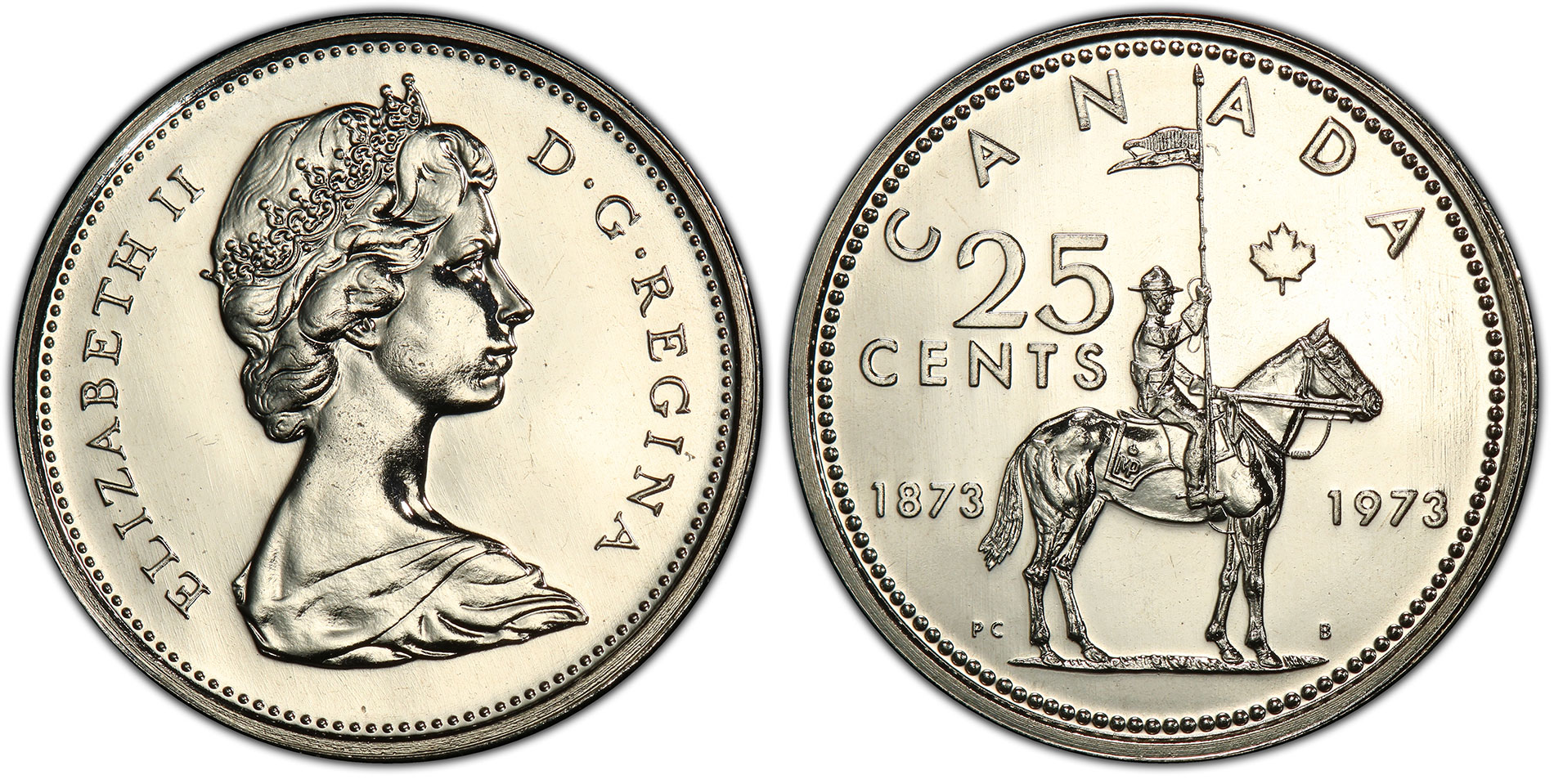
Optimizing a Quarter Horse’s health encompasses a strategic approach that considers their unique metabolic requirements, breed characteristics, and individual needs. A successful weight management strategy engages careful observation, nutritional adjustments, consistent exercise, and regular health check-ups to ensure the horse maintains an ideal body condition that meets the demands of their activities.
Personalized Feeding Approaches
Weight control in Quarter Horses necessitates a dynamic and individualized feeding regimen that adapts to changes in the horse’s life stage, work demands, and metabolic needs. Essential aspects to consider include:
- Aligning energy intake with workload to maintain balance.
- Assessing forage to provide optimal fiber while managing caloric intake.
- Administering grains and concentrates in moderation, in line with the horse’s energy expenditure.
- Employing dietary supplements to address specific health or nutritional requirements.
Structured Exercise Programs
An exercise program for a Quarter Horse should be consistent and tailored to the horse’s discipline and level of fitness. By managing physical activity, you can effectively regulate calorie expenditure and muscle tone. To this end:
- Design a varied training schedule that engages different muscle groups and maintains the horse’s interest.
- Adjust workout intensity based on the horse’s performance and condition to prevent injuries and undue weight loss.
- Factor in recovery time to support muscle health and prevent burnout.
Proactive Health Evaluations
Periodic health assessments are crucial for early detection of conditions that might affect a Quarter Horse’s weight. These evaluations should cover:
- Regular dental checks to ensure efficient feed consumption and digestion.
- Screening for metabolic issues that could alter weight and impact health.
- Comprehensive blood work to monitor nutritional absorption and internal organ health.
Impact of the Living Environment
The conditions in which a Quarter Horse resides can have profound effects on their weight. To foster a healthy weight, owners should:
- Allow sufficient time for turnout to enable natural foraging and physical activity.
- Maintain stabling that promotes recuperation, an essential factor for a sound metabolic rate.
- Observe the horse’s interactions within its social group to minimize stress that might affect eating habits and body weight.
Regular Weight Assessments
Documenting weight trends is key to managing a Quarter Horse’s health. Implement these measures:
- Employ weight tapes or similar devices consistently to note weight changes.
- Evaluate body condition scores at regular intervals to decide if management adjustments are warranted.
- Record weight patterns to help understand the effects of dietary or activity changes.
Engaging with Equine Health Experts
Collaboration with professionals in equine health and nutrition is invaluable for devising an effective weight management plan. These specialists contribute by:
- Providing insights into the latest nutritional products suitable for the horse’s diet.
- Guiding on proactive health care and necessary medical interventions.
- Suggesting training regimens that complement the horse’s physical status and objectives.
Embracing a well-rounded approach to weight management, inclusive of a balanced diet, regular activity, and continuous health evaluations, is essential for sustaining the Quarter Horse’s weight within an optimal range, thus promoting their health, performance, and quality of life.
Quarter Horse Weight Analysis

Equine enthusiasts often seek insights into the weight of American Quarter Horses due to its impact on their care and performance. In-depth knowledge and understanding of this breed’s weight play a critical role in its management. This comprehensive guide delves into the factors influencing a Quarter Horse’s weight, contrasting it with that of other breeds and discussing its effects on performance.
Weight Comparisons Across Horse Breeds
American Quarter Horses, celebrated for their compact structure and dynamic speed, tend to have a lighter body mass compared to many larger breeds. To put it into perspective:
- Lighter breeds such as Arabians and Thoroughbreds typically range in weight similar to that of a Quarter Horse.
- The formidable draft breeds, including Clydesdales, often surpass 2,000 pounds in weight.
- Smaller breeds, like ponies, usually weigh under 900 pounds.
Understanding these weight variances is important for equestrians selecting a breed suitable for their intended uses.
Weight Considerations for Performance in Quarter Horses
The optimal weight for a Quarter Horse engaged in competitive activities is crucial for their success in specific disciplines:
- Speed events such as racing favor a more streamlined build for agility.
- Show Quarter Horses may require a robust body to demonstrate power and presence.
- Endurance pursuits are better suited to horses with a lighter weight for enhanced stamina.
These considerations help determine the ideal weight for Quarter Horses involved in various sports.
Influences on a Quarter Horse’s Weight
Certain factors are instrumental in shaping the weight of a Quarter Horse:
- Hereditary Factors: The horse’s lineage can pre-determine its baseline body structure and musculature.
- Exercise Regimen: The nature and intensity of physical training can significantly alter muscle mass and weight.
- Nutritional Habits: Diet plays a direct role in a horse’s weight, with both fat and muscle affected by food intake.
Balancing these factors is key to reaching and maintaining the desired weight and physical condition of a Quarter Horse.
Effective Weight Management through Body Condition Scoring
Body condition scoring is an established method to assess fat and muscle on a horse. This evaluative tool allows owners to:
- Determine if their Quarter Horse is within an acceptable weight range.
- Decide on necessary changes to diet and exercise regimens.
Regular use of this technique is beneficial for the horse’s health and ability to perform.
Connections Between Quarter Horse Weight and Health
Weight plays a significant role in the health of a Quarter Horse. Excessive weight can cause:
- Higher risk of joint issues and potential arthritis.
- Metabolic conditions such as insulin resistance.
- Lowered performance and decreased endurance.
Alternatively, underweight horses may experience:
- Reduced muscle mass and associated weakness.
- Energy deficits affecting performance and recovery.
- A compromised immune system.
Therefore, consistent weight monitoring is essential for identifying and preventing health complications.
Dietary Adjustments for Weight Management
Appropriately modifying a Quarter Horse’s diet is vital for its weight and health. Considerations include:
- Adjusting feed types and portions in relation to the horse’s workload.
- Managing the intake of grains and concentrates to match energy requirements.
- Ensuring high-quality forage for digestive well-being and fullness.
- Adding supplements to meet specific nutritional needs.
Customizing a diet based on these principles helps maintain a healthy weight and supports the overall well-being of a Quarter Horse.
Exercise and Weight Regulation
Physical activity is fundamental to weight control in Quarter Horses. A purposeful exercise regimen should:
- Boost metabolism and aid in achieving a healthy weight.
- Improve cardiovascular health and muscle strength.
- Enhance the horse’s mental state and stave off behavioral issues stemming from a lack of activity.
Consistent and varied exercise routines are essential for maintaining a Quarter Horse in prime condition.
By exploring these aspects of quarter horse weight, caretakers can deepen their understanding and effectively manage and maintain the health and performance of these versatile equines. Acknowledging the factors influencing ideal weight is key to ensuring Quarter Horses reach their potential in their respective disciplines.
Exploring the world of equine care and ownership extends beyond just knowing the weight of a Quarter Horse. For those interested in the various aspects of horse management, you might consider the weight of not only the horse but also the equipment and additional expenses that come along with it. For instance, if you’re looking to transport your horse, understanding the weight implications of a trailer is crucial. You can find out more by visiting our article on how much a horse trailer weighs. Moreover, if you’re curious about the weight differences between horse breeds, you might compare the Quarter Horse with others, such as the Belgian horse. To discover more, check out our detailed discussion on how much a Belgian horse weighs. Finally, the cost of owning a horse is also an important factor to consider. For insights into the financial commitment of owning a Quarter Horse, take a look at our article on how much a Quarter Horse costs.
Conclusion: The Significance of Monitoring Quarter Horse Weight
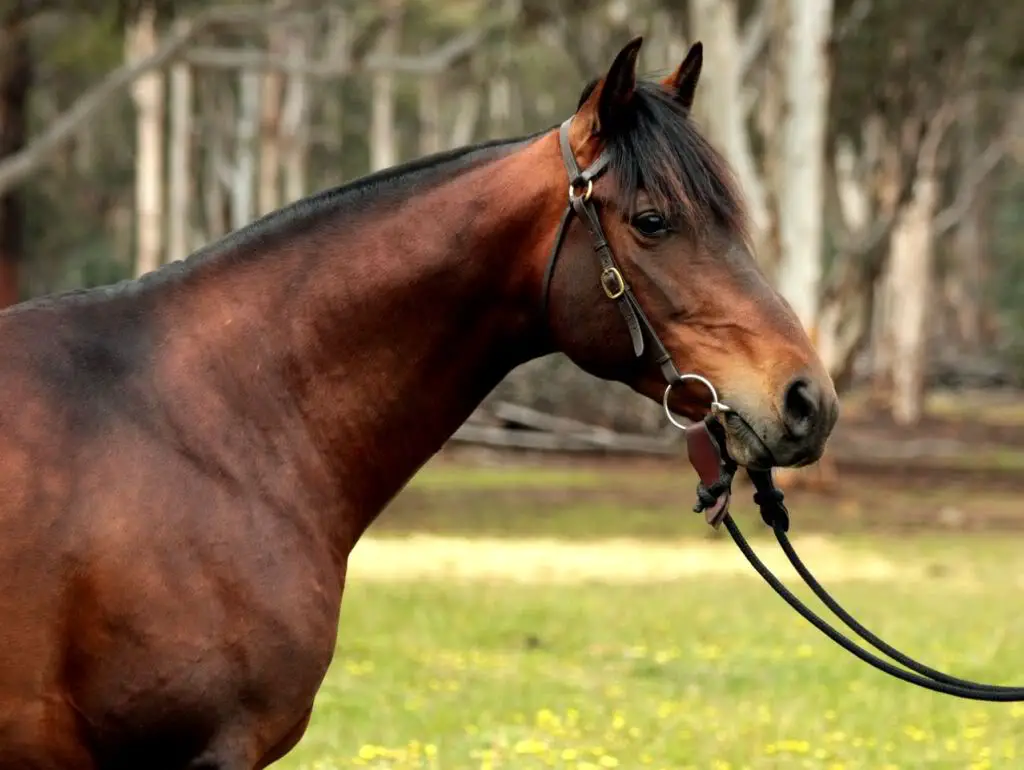
Monitoring a Quarter Horse’s weight is integral to its health and performance. Understanding the factors that affect weight, the methods for determining weight, and the strategies for managing it are all key components of responsible horse ownership. By paying close attention to these aspects, owners can ensure their Quarter Horses lead healthy, active lives.



